We independently evaluate all recommended products and services. If you click on links we provide, we may receive compensation.
So many of us have chosen flats a time or two (or more) over the perfect pair of high heels in an effort to stave off pain by the end of the night. But what’s the point of owning so many amazing shoes if they’re just collecting dust in your closet?
Well, bust out your wedges, kitten heels, and even stilettos, because we're getting the scoop on how to wear heels without the crushing pain they often cause. We tapped Dr. Brad Schaeffer, board-certified podiatrist, foot surgeon at Central Park SOLE, and star of TLC’s My Feet Are Killing Me, to explain.
First and foremost, Dr. Schaeffer says you should only wear high heels in moderation. “When you're walking to work (especially in the city!), wear sneakers with appropriate-fitting insoles,” he says. “Then when you get into the office, [you can] be as fashionable as possible and wear those heels. Trust me, it will save your feet, back, knees, and hips.” Below, more must-try tips.
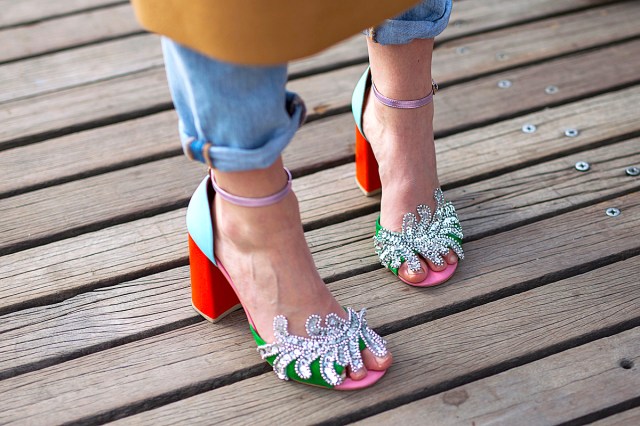
Reconsider the Type of Heel
You know those stick-thin stiletto heels that are probably going to get caught in a sidewalk crack anyway? They might not be the best option if you want to wear heels for a long period of time. “Try to wear a pump so you're not putting so much pressure on the ball of the foot,” Dr. Schaeffer says. “And whenever possible, take the stilettos or high heels off to give your feet a break. Whether you're sitting at a desk or relaxing with friends, take them off and let your feet rest.” (Just sitting down isn’t enough — remove your shoes, if you’re able.)
Dr. Schaeffer notes that “ball-of-the-foot” pain is the most common type of pain associated with high heels. “The foot pain is called metatarsal, which is inflammation in the ball of the foot. It's very common, but it's also easily treated.”
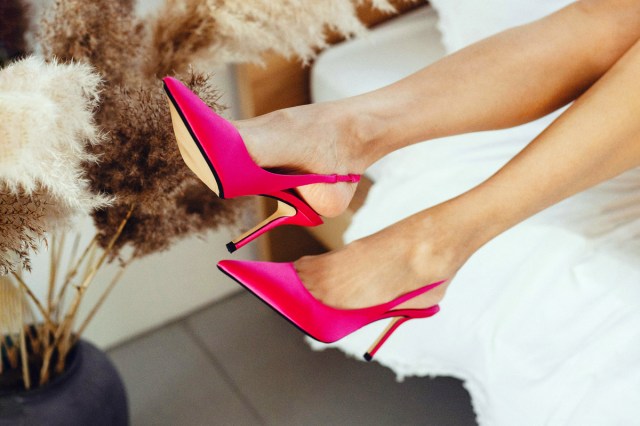
Try Insoles
One way to easily treat that metatarsal pain? Purchase some over-the-counter insoles at your local drugstore. According to Dr. Schaeffer, these actually work. “For those who experience foot discomfort from high heels, I recommend Dr. Scholl’s Love Your Heels & Wedges Cushioning Insoles,” he says. “They are designed to rebalance the foot, so pressure is shifted off the ball of foot, which helps relieve pain from high heels.”
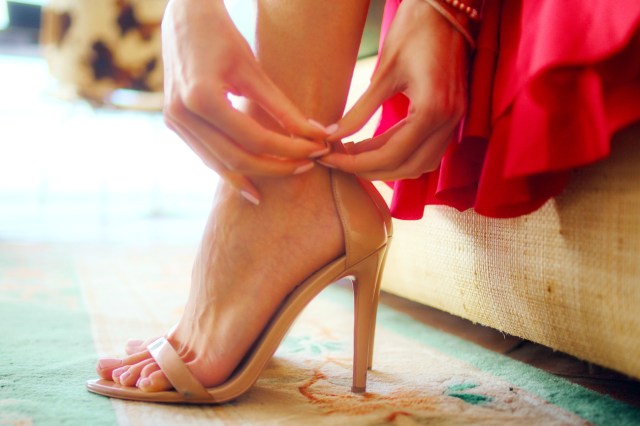
Go Half a Size Up
“When I wear a dress shoe, sometimes I get a half-size up,” Dr. Schaeffer says. “It’s wider, so it makes the ball of my foot feel like it has a little more room and not as pinched in.” This might be hard to do with sling-backs or other types of heels where you need a perfect fit, but it works amazingly with heeled boots. He also recommends shoes made of higher quality (think nice leather) that will have more of a foot bed built in already.
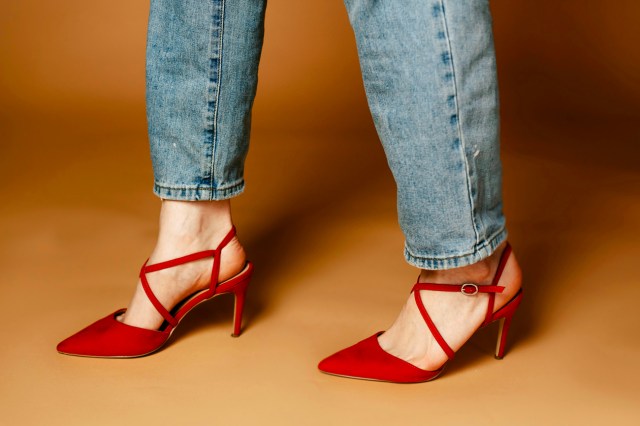
Reach for Aspirin
If you’ve ever gotten laser hair removal or even a tattoo, your provider might have recommended that you take aspirin around 30 minutes before your appointment to cut down on pain. The same theory can apply to wearing high heels. “Anti-inflammatory aspirin or Aleve will definitely help you,” Dr. Schaeffer says. He adds, however, “It's not going to fix the issue because the cause is the high heels, so we need to make sure that we put all the necessary steps in place to protect that area.”
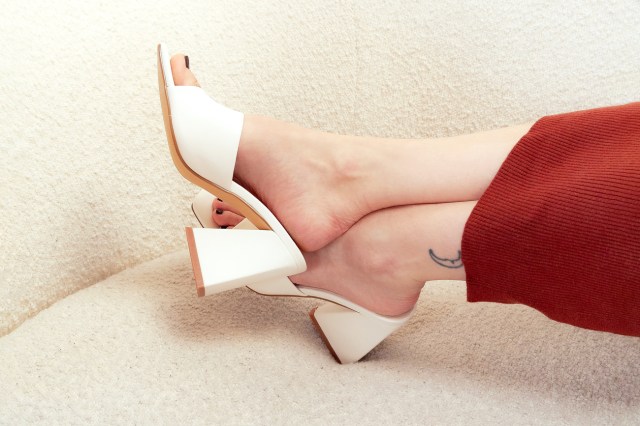
Take Care of the Skin on Your Heels
Depending on the type of heel you’re wearing, you want to take preventative measures to protect the heel area so a blister is one less thing you have to worry about. “The back of the shoe can rub very hard on your heel bone, which is called your calcaneus,” Dr. Schaeffer explains. “It’s very important to make sure you pad that area. All that rubbing can create blisters, and then sometimes it can lead to infection.”
To prevent this, you can buy heel cushions or heel liners to protect the area. If you’re going the quick-fix route, bandages or tape can help, but those tend to slide around when applied directly to the skin. For this reason, heel cushions might be a better solution and a way to avoid future pain.
This article is for general informational purposes only.
Affiliate Disclaimer Medical Disclaimer



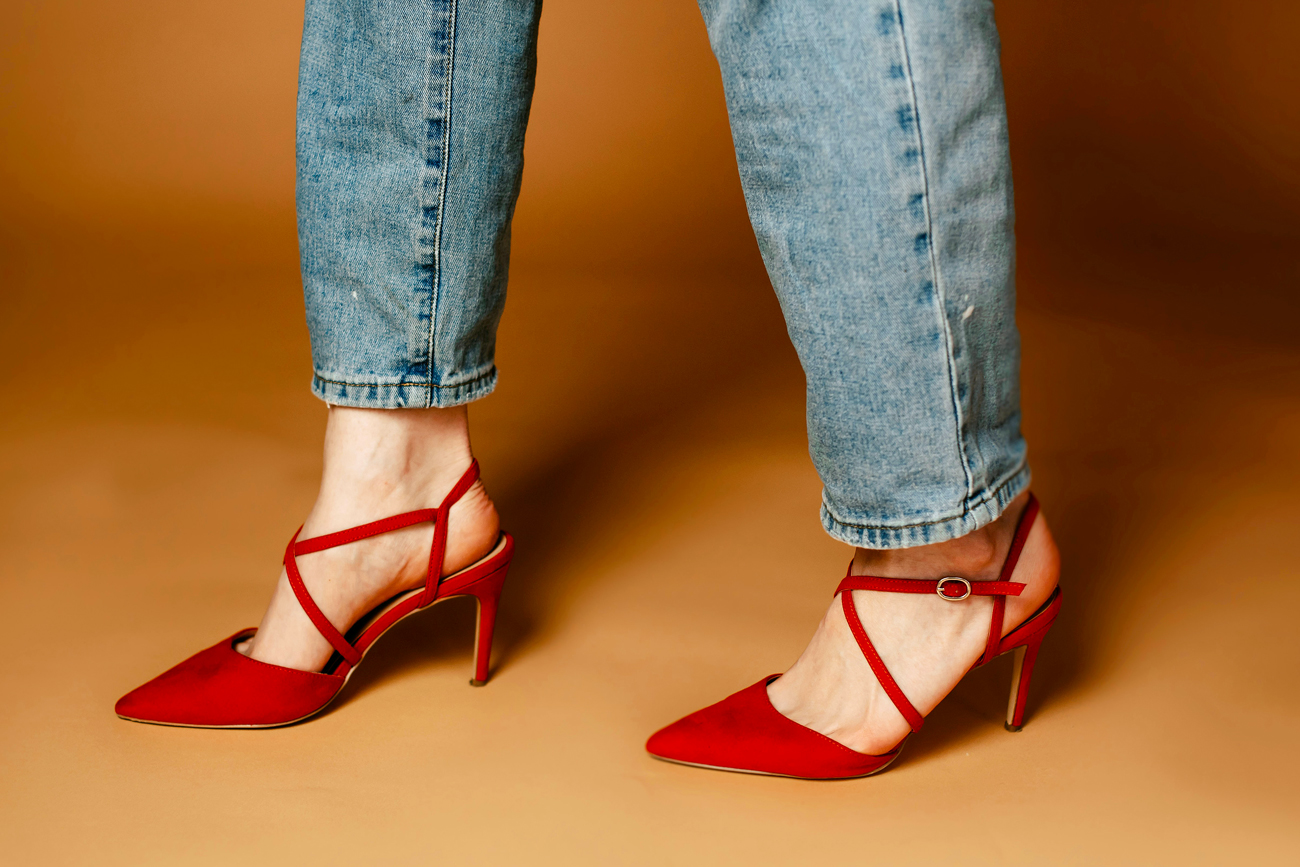



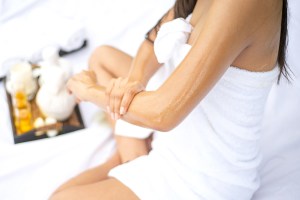

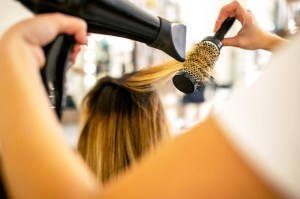
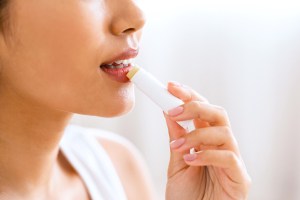
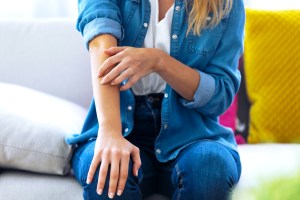


 Unique Beauty is free for all users.
Unique Beauty is free for all users.